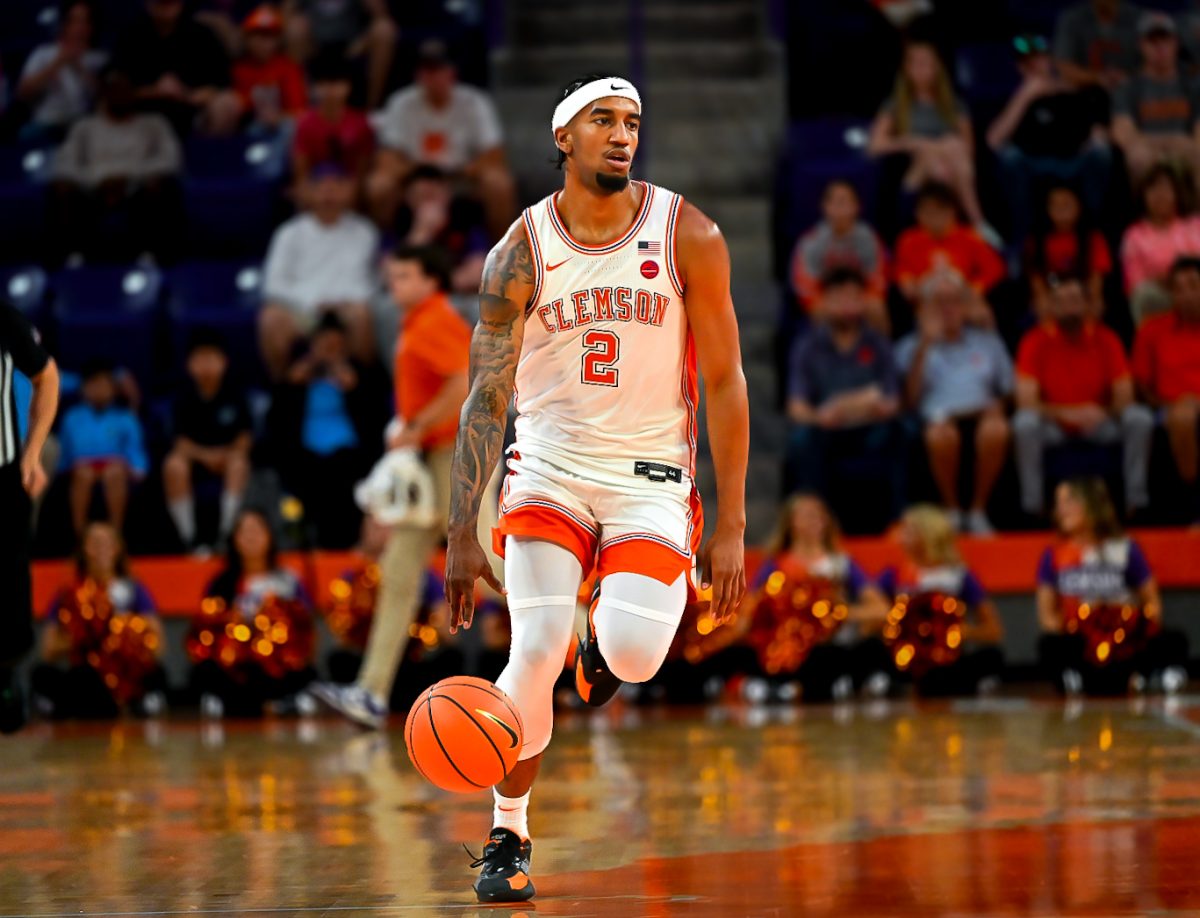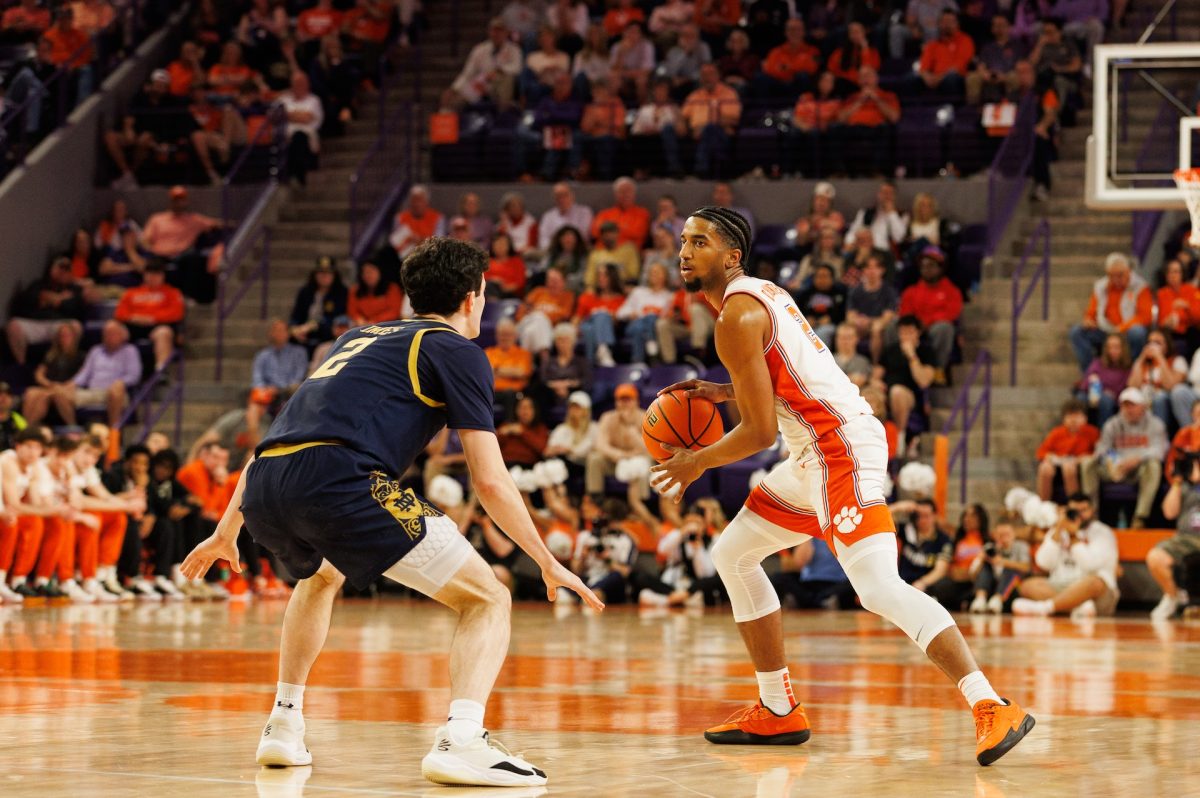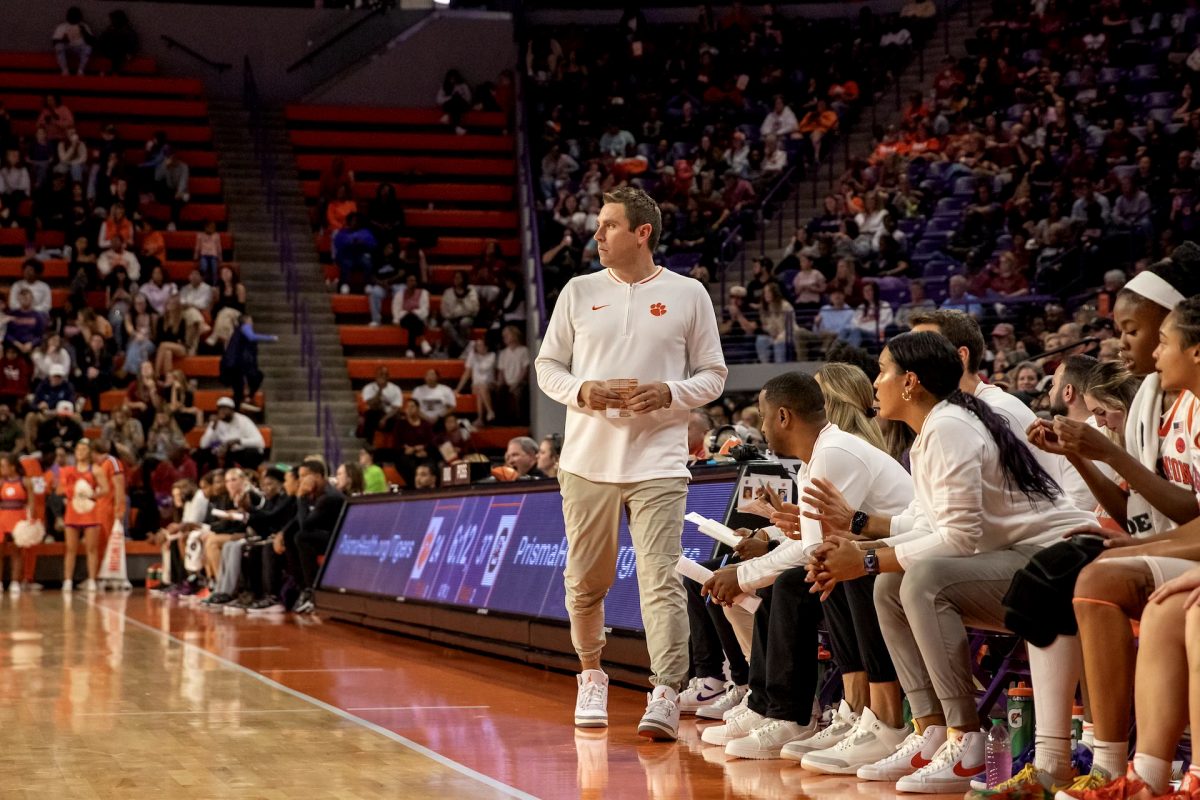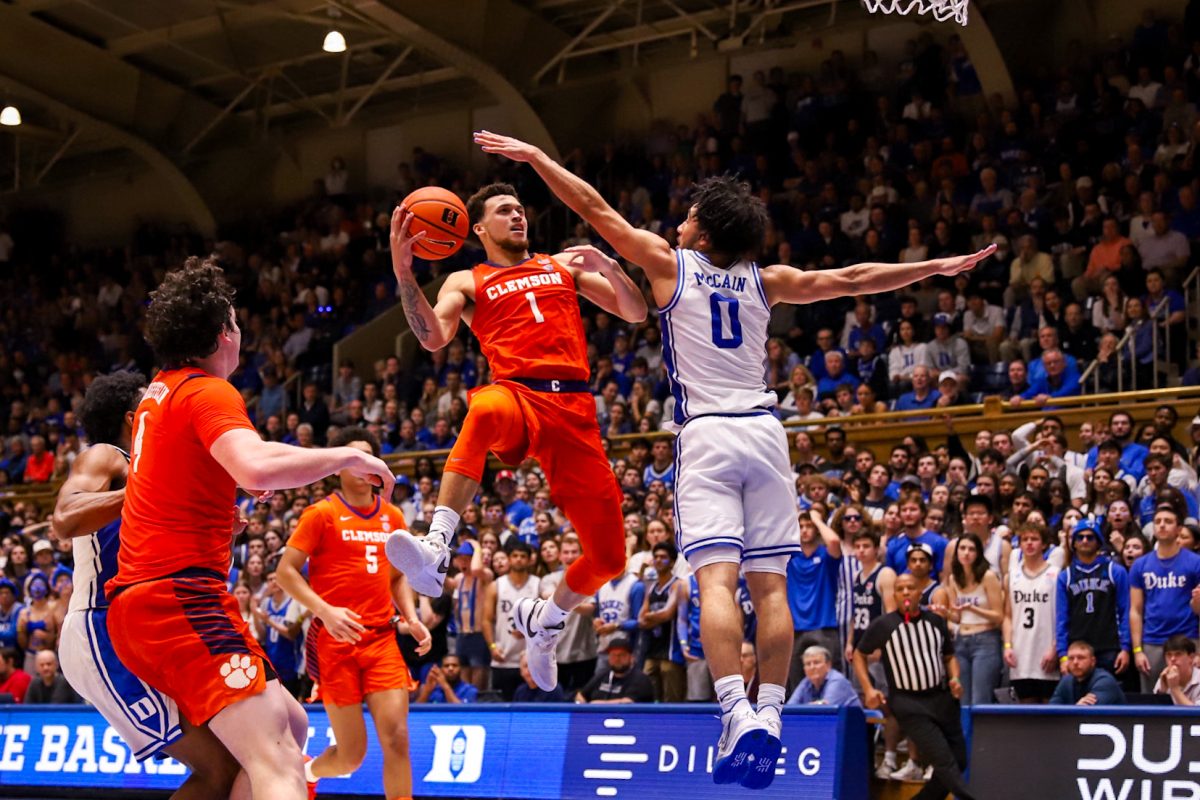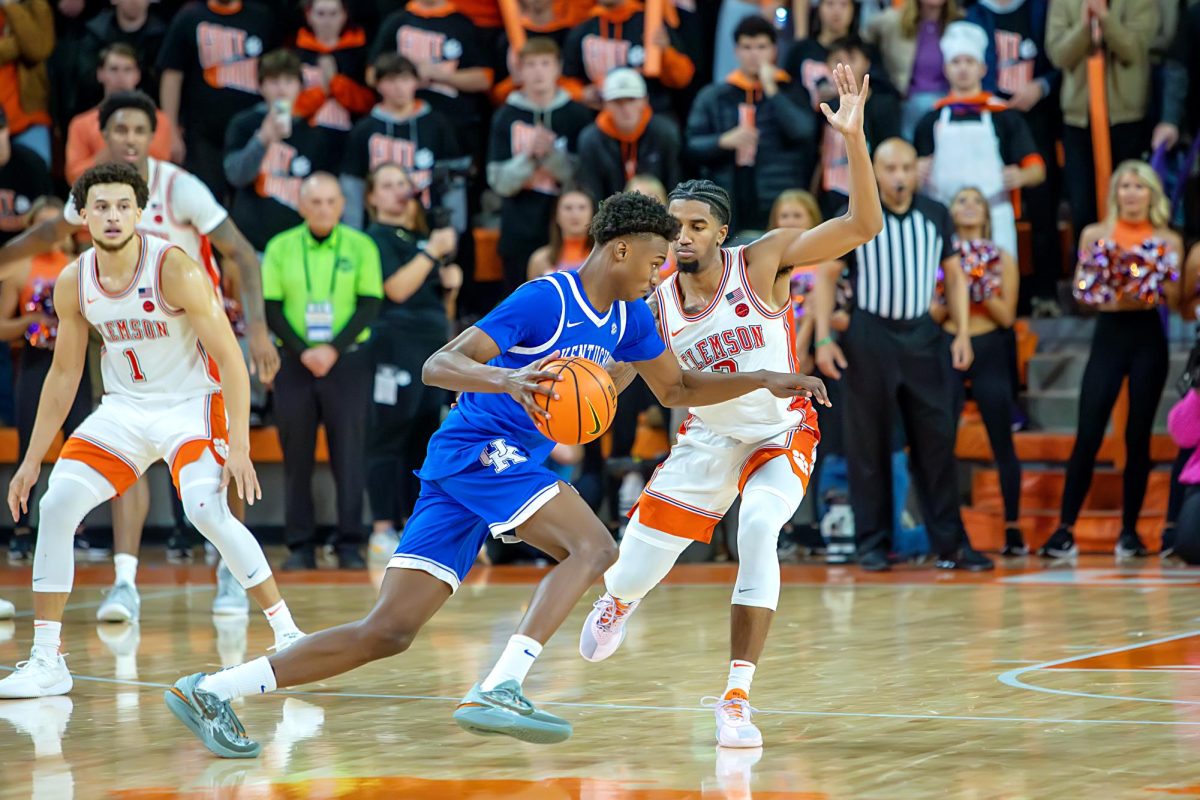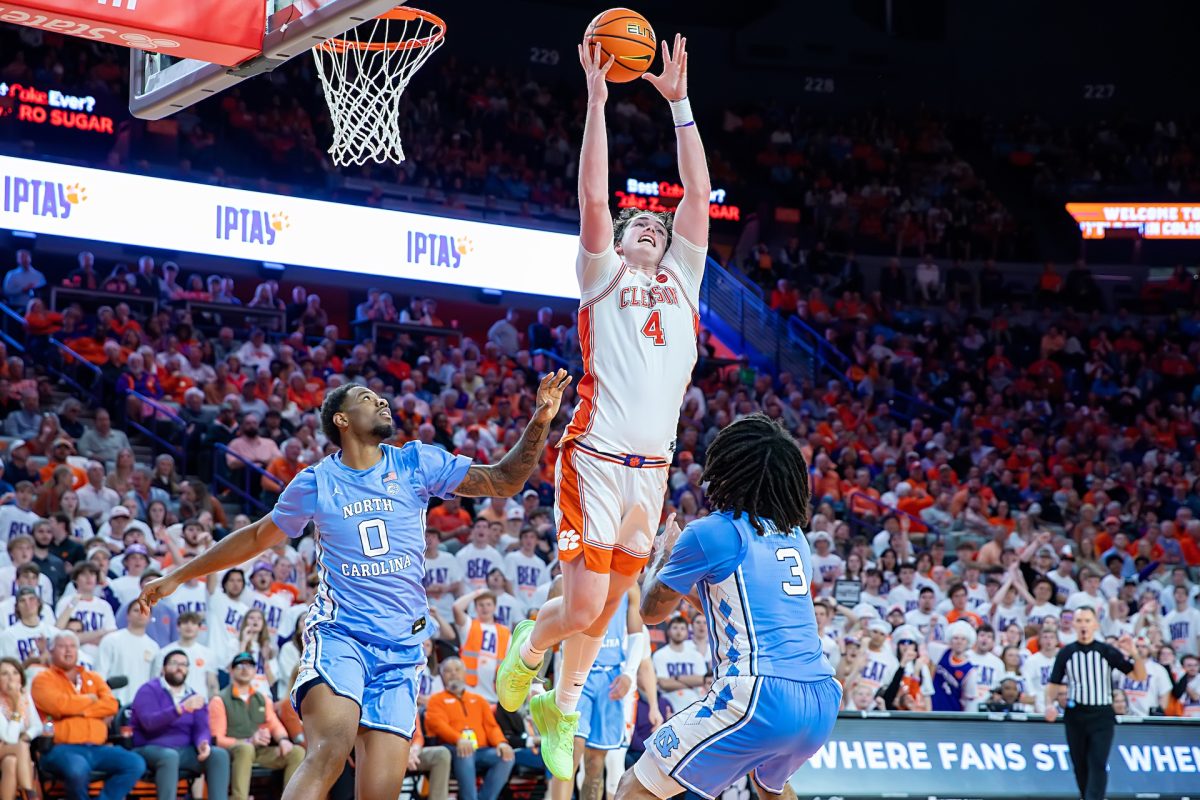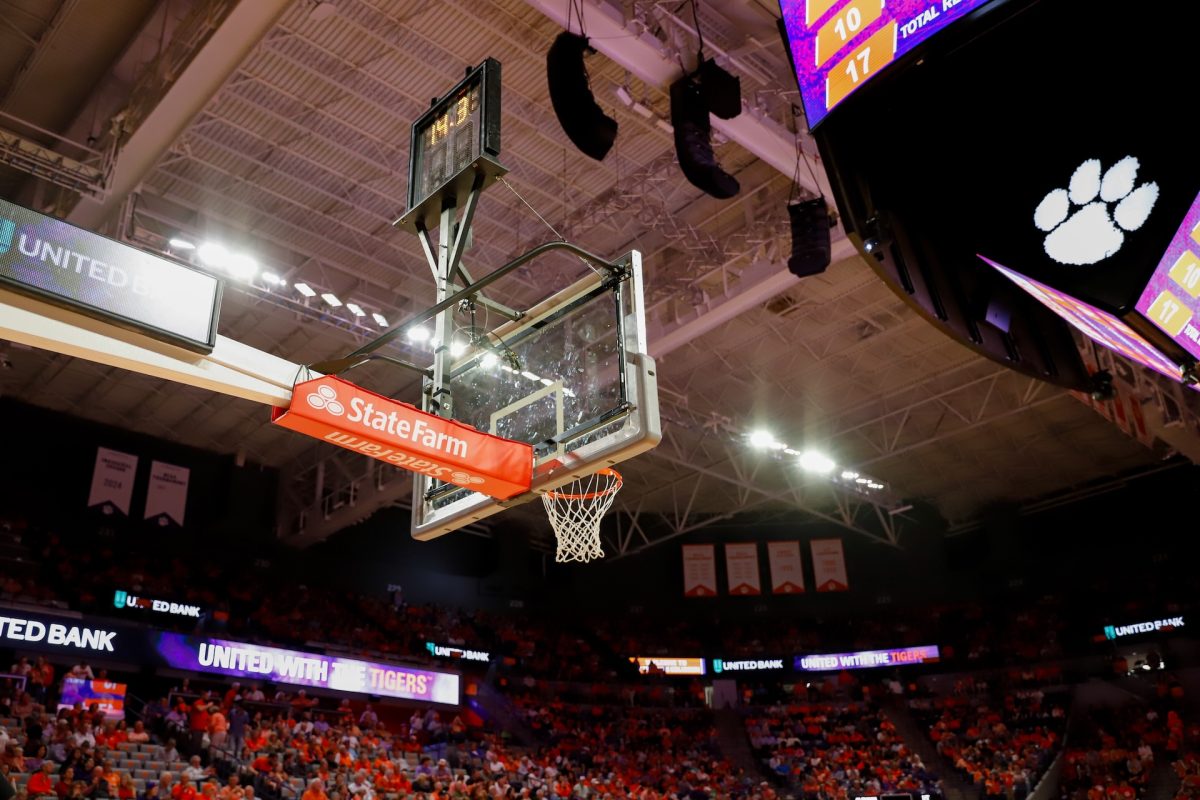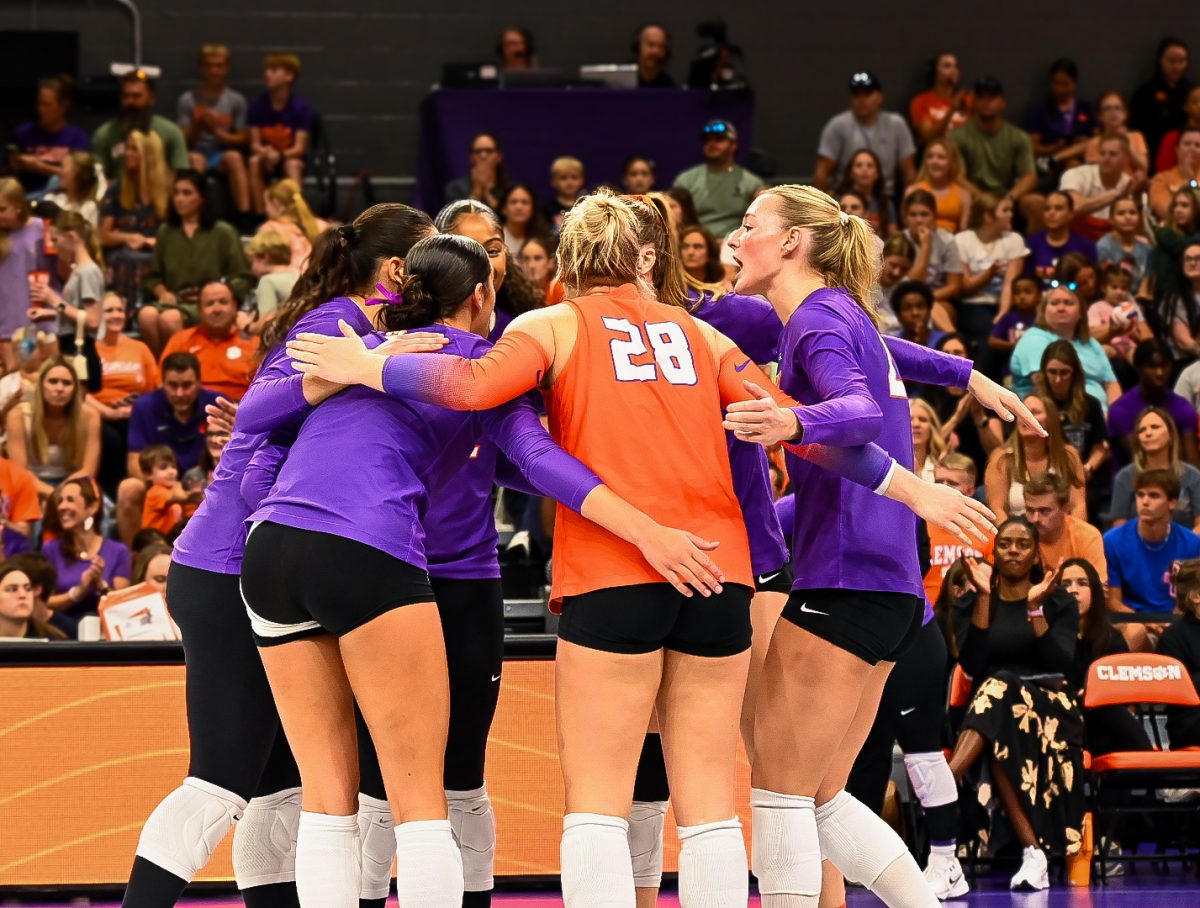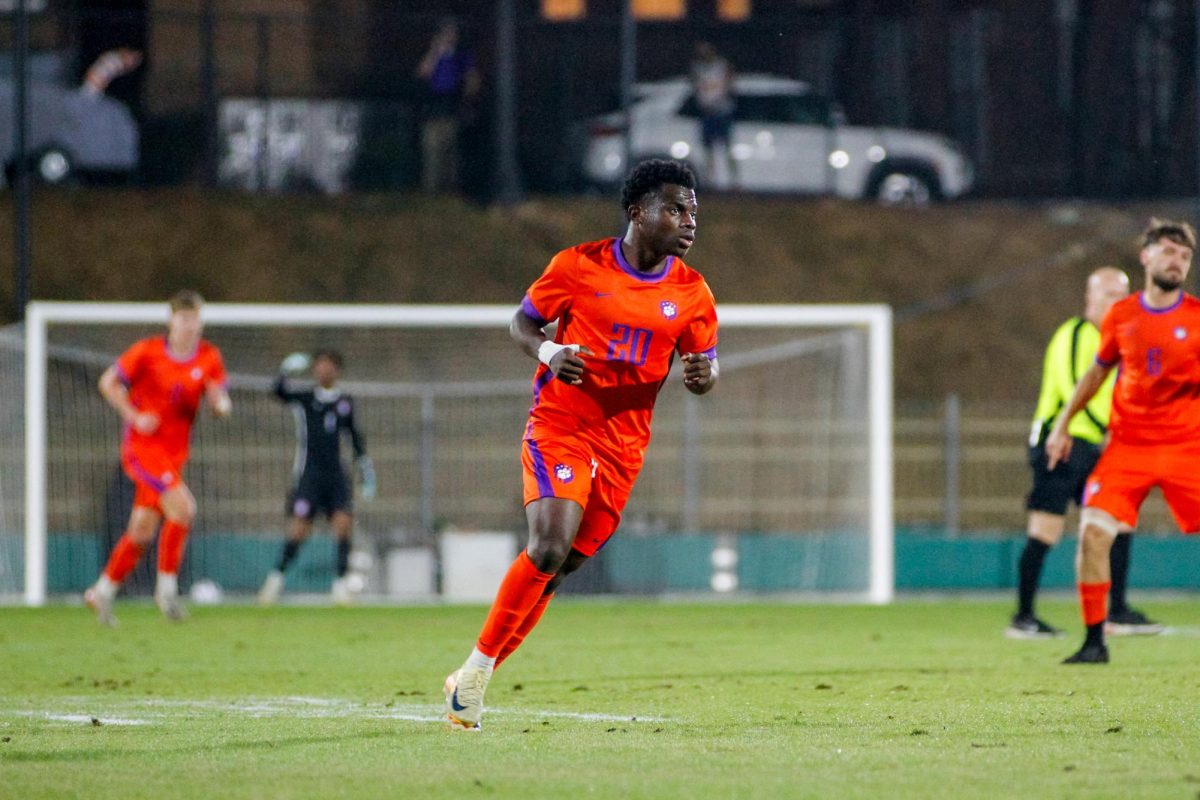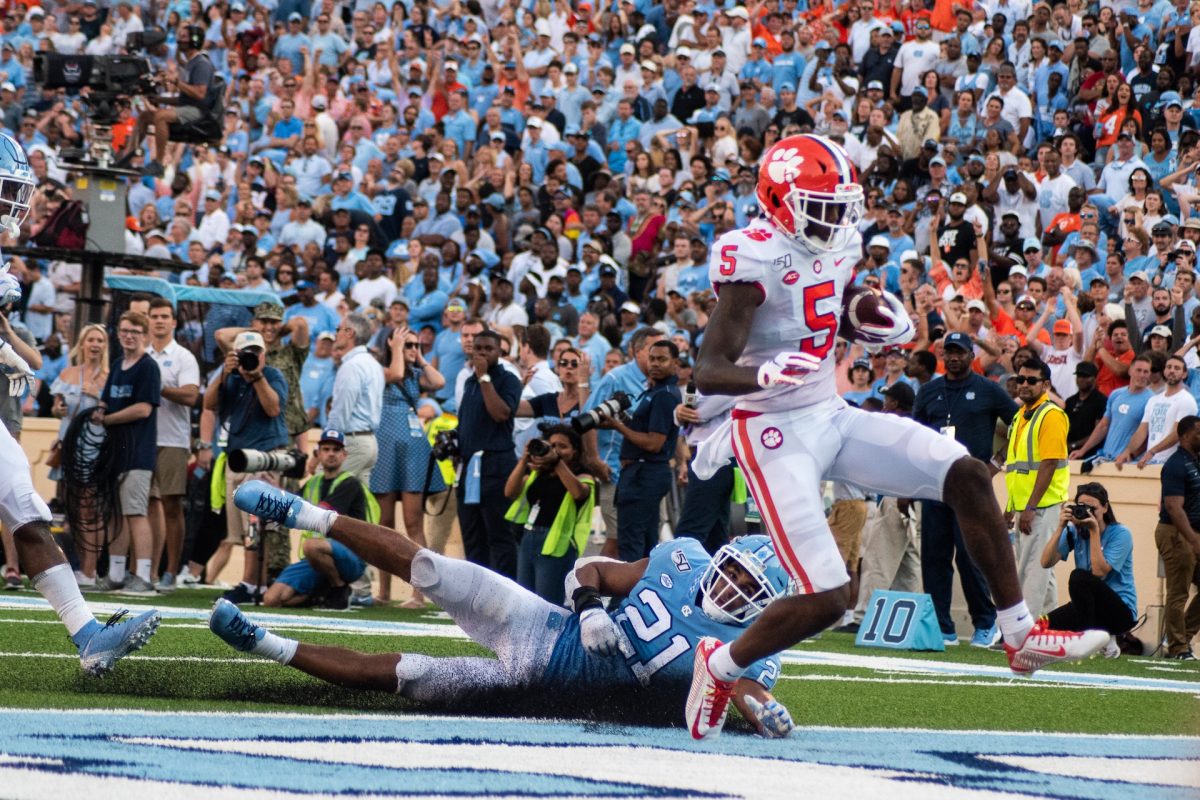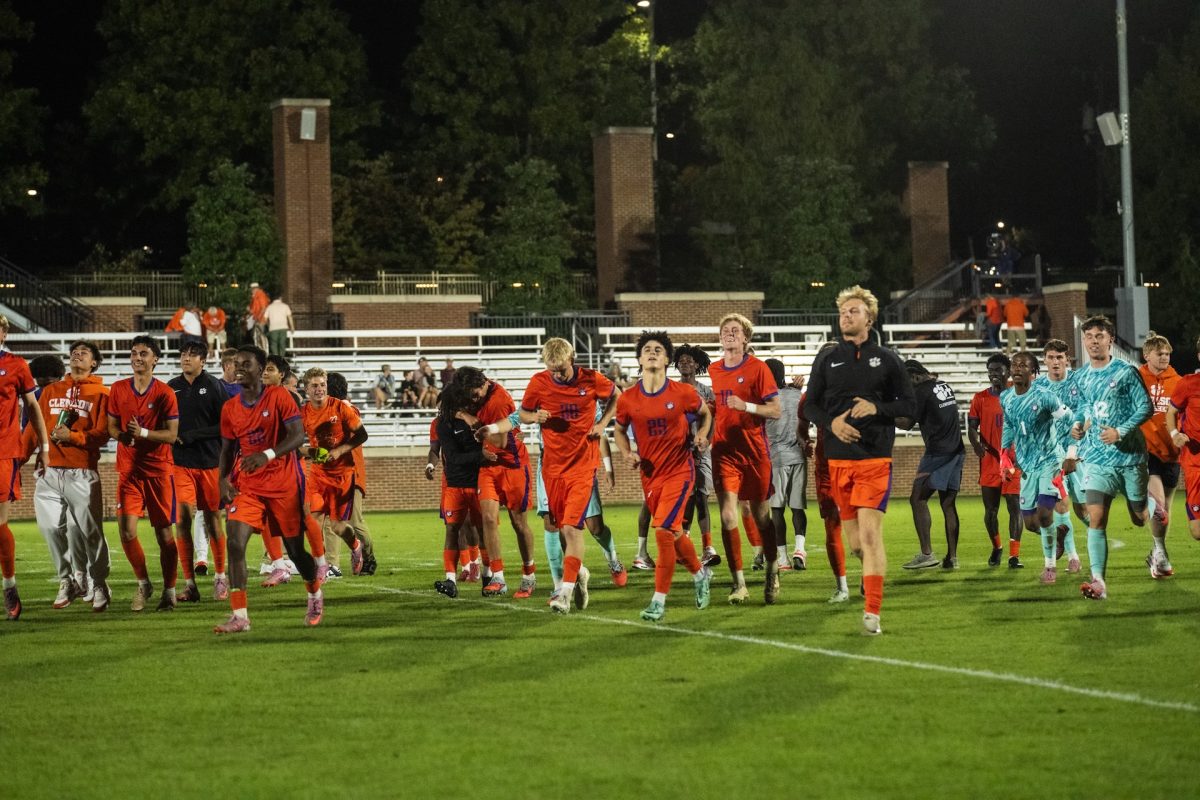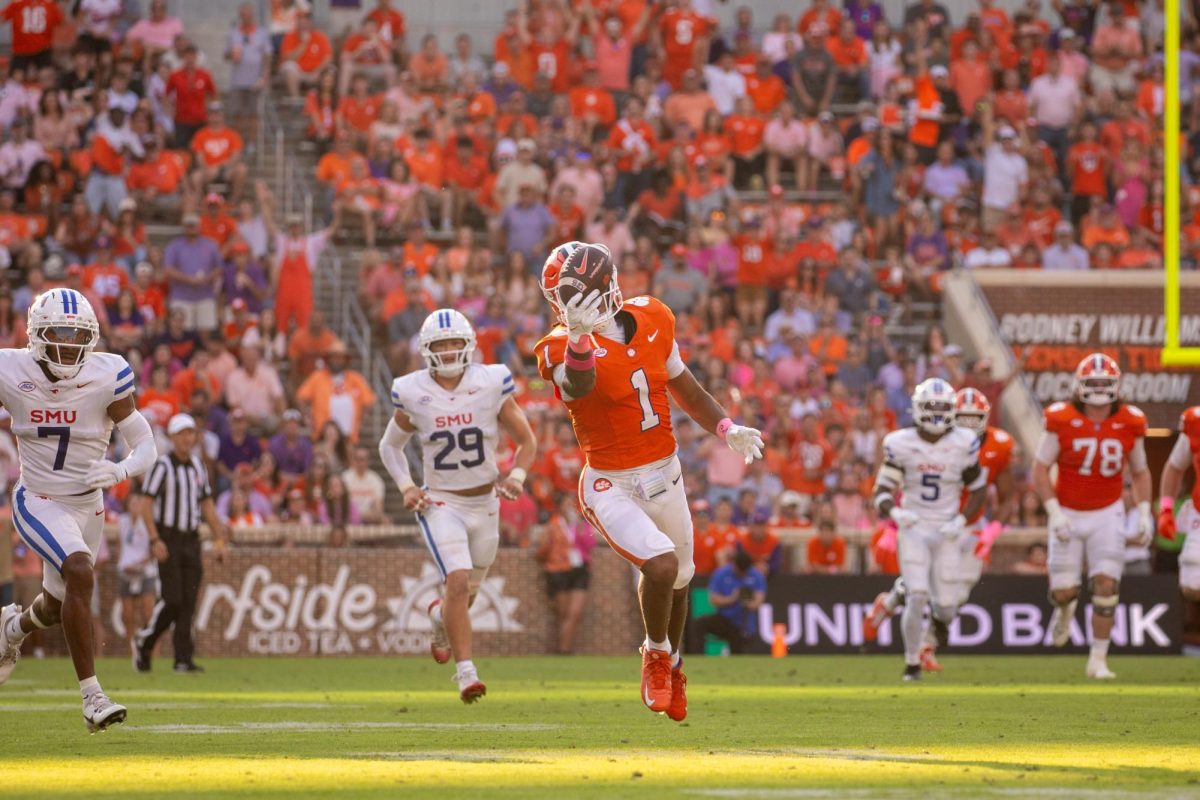Clemson’s 2024-25 season may go down as one of the most successful in program history.
The Tigers posted a 27-7 overall record and went 18-2 in ACC play, securing a top spot in the standings and setting program records in both conference and overall performance. They capped their regular season surge with signature victories over Duke, North Carolina, Florida State and SMU, earning their way into the NCAA Tournament as a dangerous No. 5 seed.
Despite that momentum, the season’s ending left a sour taste.
A stunning first-round loss to the No. 12-seeded McNeese State Cowboys derailed what had appeared to be a march toward postseason glory. In addition to the upset, the Tigers returned only three players, as many key contributors graduated, transferred or pursued professional opportunities.
Head coach Brad Brownell enters his 16th season after signing a six-year contract extension through 2031. The extension signaled Clemson’s commitment to stability and rewarded Brownell’s consistent leadership, player development and defensive emphasis.
His coaching philosophy centers on accountability, discipline and doing things the right way — tenets that have guided the program through years of transition.
This season will test that philosophy. Brownell and his staff responded to heavy roster turnover by aggressively recruiting through the transfer portal, adding six experienced players to fill the void left by departures such as Chase Hunter, Ian Schieffelin and Viktor Lakhin.
Each newcomer contributes size, skill or veteran presence to a roster that must cohere quickly in a demanding conference.
The backcourt will be led by Dillon Hunter, who assumes an expanded leadership role after showing two-way potential last season. He will pair with Jestin Porter, a sixth-year transfer from Middle Tennessee State who led his team in scoring last season.
Porter’s offensive instincts and scoring ability are expected to stabilize Clemson’s attack while complementing Hunter’s defensive playmaking.
In the frontcourt, RJ Godfrey returns to Clemson following a year at Georgia, bringing athleticism, rebounding and positional versatility. He will share minutes with newcomers Jake Wahlin, a 6-foot-10 rim protector from Utah University, and Nick Davidson, a forward from the University of Nevada, Reno, who can stretch defenses with perimeter shooting.
Their presence bolsters interior depth and defensive range.
The Tigers also added Efrem “Butta” Johnson from the University of Alabama at Birmingham, a smooth scorer capable of creating offense off the dribble, and Carter Welling, the WAC Defensive Player of the Year from Utah Valley, whose toughness and motor align with Clemson’s defensive identity.
This combination of transfers provides immediate production and significant upside.
Complementing the transfer class is a freshman group that represents Clemson’s future. Ace Buckner, a 6-foot-3 combo guard and son of former Tiger legend Greg Buckner, joins Blake Davidson, younger brother of Nick Davidson, along with Chase Thompson, Zach Foster, Trent Steinour and redshirt forward Dallas Thomas.
While these freshmen may not log heavy minutes early, their development remains central to Clemson’s long-term strategy.
Ahead of the season, in his press conference at the ACC Tipoff, Brownell said that this team will rely on depth, pace and momentum. With added athleticism and multiple scoring options, Clemson is likely to play at a quicker tempo, emphasizing transition scoring, ball movement and spacing while preserving defensive discipline.
Expect switchable lineups, consistent help defense and pressure schemes designed to disrupt opposing offenses. Welling, Wahlin and Godfrey offer the versatility to guard multiple positions, while Hunter, Porter and Johnson provide perimeter defense and transition playmaking.
However, the challenge will not be easy, as the schedule presents early and recurring tests. Nonconference battles with Alabama, BYU and South Carolina will challenge the new roster’s chemistry.
In ACC play, road trips to Duke and North Carolina, along with home matchups against NC State and Louisville, will give the Tigers opportunities to make national statements.
Beyond on-court performance, intangible factors will shape Clemson’s season.
Leadership from returning veterans must yield clear roles and in-game adjustments. The coaching staff’s ability to integrate transfers into offensive schemes, defensive rotations and late-game decisions will decide close contests. Player health and minutes management will matter across a long season; the bench must deliver reliable production to counter fatigue and matchup issues.
The Tigers may have a new look this season, but the mission remains the same, as last year’s abrupt postseason heartbreak leaves a chip on every member of the team’s shoulders. Brownell has rebuilt his roster with the intention of blending high-upside transfers and a promising freshman class into a cohesive unit capable of competing immediately while preparing for the program’s future.
Home court advantage at Littlejohn Coliseum remains an asset. A passionate student section makes Littlejohn a difficult venue, and protecting home court will be vital for the team to earn a favorable seeding. Media attention will focus on how quickly Clemson’s newcomers assimilate and whether Brownell’s system can unify individual strengths into a cohesive team performance.
In many ways, this season is about more than wins and losses. This is a team in transition, yet one built with purpose. If the Tigers can find offensive rhythm and form an identity while maintaining their trademark defensive grit, another NCAA Tournament berth is well within reach.
The Tigers will tip off their season on Nov. 3 at 7 p.m. against New Hampshire at Littlejohn Coliseum.



